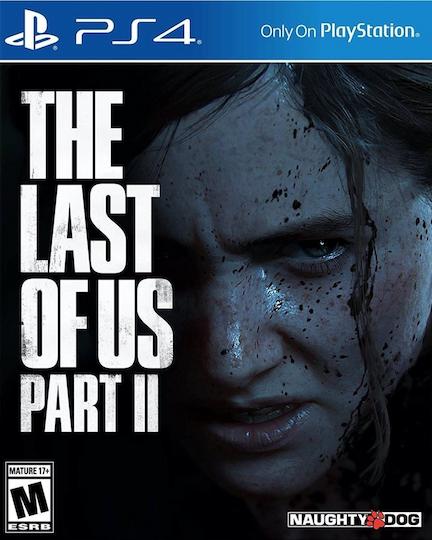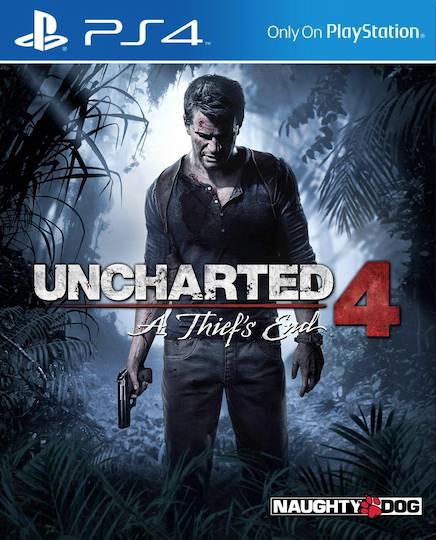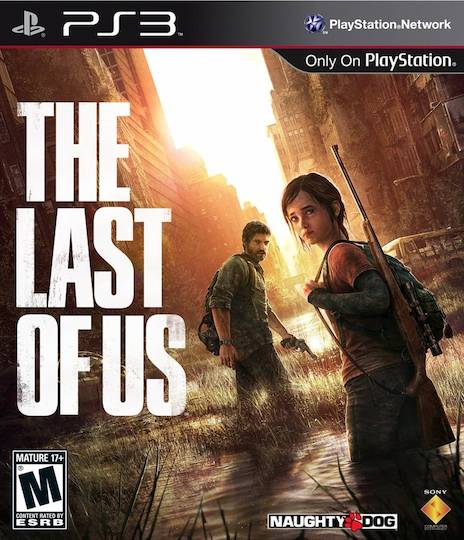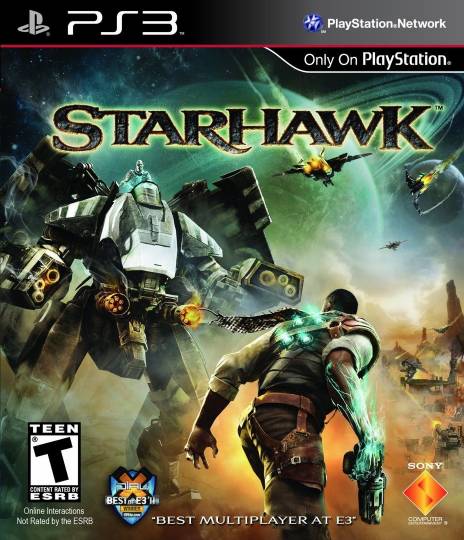
I picked up a copy of Burnout Paradise last month, an open world racing game that’s over a year old now but is still commendably being supported by its developers. However, the timing of my purchase wasn’t by chance; I decided to take the plunge because the developers finally added the option to restart a race without having to drive back to the starting line. In my mind this was a major flaw, the one that made me initially lose interest and walk away from the demo. With that sorted out I could finally sit down and really enjoy the game.
However, after having played for a few dozen hours or so, I’ve realized that being able to restart a race goes against the entire design philosophy of Burnout Paradise. Not allowing restarts wasn’t an error or a mistake, but rather an extremely purposeful design decision. The developers at Criterion expressed it thusly:
The lack of retry really isn’t an issue. You may disagree, but we don’t feel it is and retry would have introduced loading into the game, which we didn’t want to do. In fact, we hate loading with a passion now. Games like Burnout Paradise and Uncharted Drake’s Fortune […] keep you IN THE GAME rather than watching what is usually a very dull screen.
While wanting to avoid loading screens is a noble cause, I think the real reasons run much deeper than this. The game expects the player to wander, and thus is designed for downtime and variety.
Firstly, Burnout Paradise is as much about racing and wrecking cars as it is about exploring and experimenting. So much of the game’s content is actually expected to be enjoyed between races: destroying billboards, performing unique jumps, adding cars to your collection, etc. Marc Bell went as far as describing the game as “a platformer whose dude just happens to be a car”. By using the restart feature and constantly being in a race, the player ends up skipping all the neat between-race content that comes naturally when exploring.
Secondly, the game doesn’t stand up well to repeating the same course over and over. The Burnout series isn’t a highly technical racer like Gran Turismo or F-Zero. With its rubber band A.I. and slow-mo crash sequences, it was clearly designed for light-hearted (but still challenging) fun. This also means that there’s a certain amount of luck involved in any win, and this fact becomes painfully obvious when you can instantly restart a race. You begin to notice that you can win most races by brute force, not improving your driving skills but simply grinding until you happen to catch a lucky break and boost to the finish line. It’s the same reason that a Mario Kart cup has you playing four different races in a row: fun based racing games work best with variety.
The developers never intended for you to drive back to the starting line after losing a race. Instead, they wanted you to continue from where the last race left you, find the closest traffic light and start a new completely different event. In all likelihood it would even be in a different category; follow up a race with a stunt run or marked man event. Instant restarting destroys all the variety that the designers built right into the game.
I’m not saying that the restart patch was necessarily a bad thing. It’s a handy feature and one that I appreciate having. However, it’s an addition that clashes badly with the overall vision of what Burnout Paradise is about.
I also think this situation has interesting implications for game design. What if all games were patched by popular demand? What if Square released the “bring Aeris back to life” patch? What if the Bionic Commando developers released a “jump button” patch? Do players really know what they want?







March 12th, 2009 at 2:01 am
Interesting question! I guess in this case it’s a bit of the old ‘it’s nice to have, but I wouldn’t want to use it all the time’… I don’t know, there’s probably plenty of purists out there who don’t even use it!
March 12th, 2009 at 3:18 am
I have to say I like the no-restart philosophy. I got it post-patch but I never used it.
One of the reasons I like it is that it controverts the usual punishment-system you get in racing games. In the other racing games your punishment for failure is that you have to repeat the same race over again until you beat it.
I read this blogpost recently that said Burnout Paradise makes failure fun, and this is totally right. Because you have an almost infinite number of events at hand when you fail a race it takes the sting out of losing and offers an alternative to constant repetition.
March 12th, 2009 at 8:32 am
I wonder if the option to restart races will come in handy in the later stages of the game?
As for users knowing what they want, the notion of a ‘bring Aeris back to life’ patch fills me with dread. Most games would tend to be patched towards mediocrity, I would imagine, until a breaking point when common gamers realize variety is the spice of life.
March 12th, 2009 at 8:06 am
Your last question hits on one of the most fundamental points of software design in general. Do users really know what they want? At which point do you ignore your users to do what you feel is best?
Kathy Sierra’s written some good articles on this one, like Listening to Users considered harmful?. It’s unfortunate that she doesn’t blog anymore. :-(
March 12th, 2009 at 10:08 am
We had this problem all the time when designing playtests – if you listen to all of the users stupid concerns, then you are going against your best judgment as a designer, but if you go with your gut when you think the playtesters are dumb, then you are just cherry-picking to reinforce your opinions. I think it boils down to how passionate the designers are about the impact of their decisions. I doubt the FF7 designers would ever let an Aeris comes back to life patch to go through because they were extremely passionate about that bit in the story, but clearly the Criterion designers tried something that fell a little flat and they were willing to do a mea culpa even if they deep down believe that their way is right. It’s about being flexible when you need to be.
March 12th, 2009 at 11:44 am
Listening to what players say, for the *vast* majority of players, will be at best be noise and at worse, misleading. What users say they want and what they actually want are rarely the same.
Watching what players do, either directly or indirectly, is what folks should really be doing. The data-driven analysis that Value, Bungie, et al. do is a lot more valuable than listening to the people who shout the loudest (who are usually not representative of the average player).
I wonder if Criterion had any data collection in Burnout Paradise. If so, did they determined that after failing a race, a lot of players either stopped playing or drove back to the race’s starting point?
The problem with Burnout Paradise’s lack of instant race restart wasn’t that it should have been included. The problem was that the game didn’t clearly communicate that after losing a race, one shouldn’t look to restart, but rather look for something else to do. Unfortunately, fixing that problem is a lot harder than just adding an instant race restart.
March 12th, 2009 at 11:44 am
SSX3 did something similar, you boarded down one of three huge mountains with different events on the way down. As a result, it felt completely different from the previous game in the series, SSX Tricky.
What it comes down to is managing player expectations? What elements of the game is the player expecting to enjoy, and how do those expectations match up with what the game designers are intending them to enjoy? If these two don’t match up, then there’s a problem. Player complaints may just amount to them wanting the game to be something it isn’t, but that in itself can be seen as a failure on the game’s part, since it hasn’t properly managed player expectations.
I wrote a blog entry recently on a similar subject[1], about how in Cel Damage the players expectations about how death and survival fit into gameplay are violated. The game should strive to communicate that it shouldn’t be approached in the normal way, but that there’s some different type of experience to be had.
Obviously this should be taken with a grain of salt, though, as your FF7 example shows =).
[1] http://henk.ca/games/cel-damage-breaking-survival/
March 12th, 2009 at 3:56 pm
I’m with you on the no restarts policy, and I don’t generally use this feature when playing Burnout. The one exception is Burning Runs (I think that’s what they are called) to win an improved model of a car. I’m still in the early stages of car collection, and the game’s exploration is improved, imo, when I can play online with random strangers. But unfortunately, they have much better cars than me, often the DLC vehicles.
I’m inclined to say that having the option will satisfy the tastes of all the players, those who want to restart and those who don’t. But I am sure there are plenty of people who, when given the option, will always take it, for no other reason than it is there. Which is why I was constantly taking everything off corpses in Fallout 3.
March 12th, 2009 at 7:03 pm
@Ben: It’s nice having the freedom to decide whether or not to use it.
@Iroquois: While I generally agree, there was one specific loss condition that drove me crazy: losing because of bad pathfinding. Whether it was choosing the wrong turn or using a shortcut that didn’t go where you thought it would, I thought this was the most frustrating downside to open world racing.
Furthermore, the best way to really learn the race’s path was to play it… over and over again.
@Skrud: The user/developer gap is a wide chasm, thanks for the link.
@David: That’s exactly the rationale they gave in the patch notes:
@Zack @Nels: It’s fascinating to hear this stuff from the development side of things, thanks for sharing your experiences.
@Henk: I agree, people often judge games based on what they thought the game would be, not on what it is. This is especially true for games that are difficult to pigeonhole, like Spore.
@Jorge: Good analogy ;) Is there an efficient way to locate the Burning Route for the car you’re currently driving? I’m having a lot of trouble finding the right starting point.
March 12th, 2009 at 10:24 pm
I couldn’t agree with you more. I just bought Burnout Paradise about a week ago, and haven’t used the restart function once. I can’t really foresee using it at all until maybe when I only have a handful of races and want to finish them. The whole purpose of this game is to see the world. That’s why the races aren’t selected from a static menu. I usually think just driving around and experimenting is more fun than the actual races.
March 13th, 2009 at 8:24 am
I, for one, wasn’t able to get into the game until the Restart option was patched in. No matter how much I play the game, I never seem to really learn all the curves, jumps and obstacles sufficiently to say that I feel confident during a race or any other event that I can use shortcuts and such.
Plus, it seems that I’m too proud to admit defeat in a race (I know, I’m a sinner), and like Matthew losing because of one stupid wrong turn drove me nuts, so I WOULD actually drive back to the starting line without paying attention to the rest of the world to win the event once and for all. It’s easy to guess that the loading time is far shorter than the unnecessary driving time.
It’s one of those cases where a design decision can be a true blessing for some and a show stopper for others I guess.
By the way, I’m also having problem location the Burning Routes for the car I’m in.
March 15th, 2009 at 5:54 pm
@Korey: I feel the same about Grand Theft Auto; fooling around in the world is more fun than the missions!
@Nicholas: It’s definitely much harder to learn the tracks and shortcuts without the restart option.